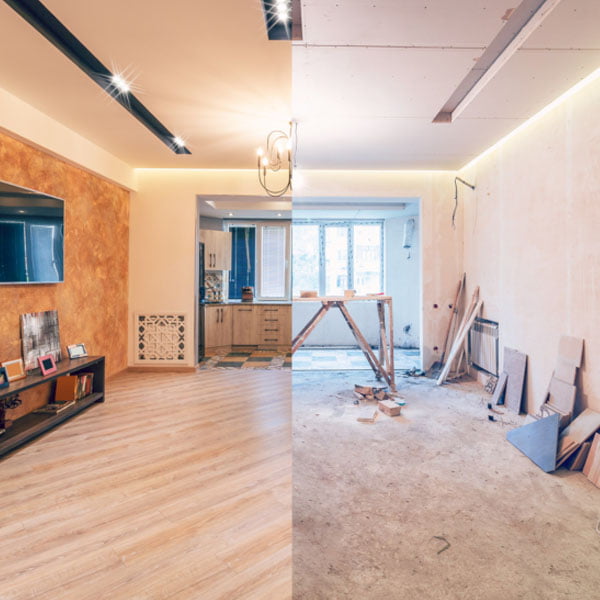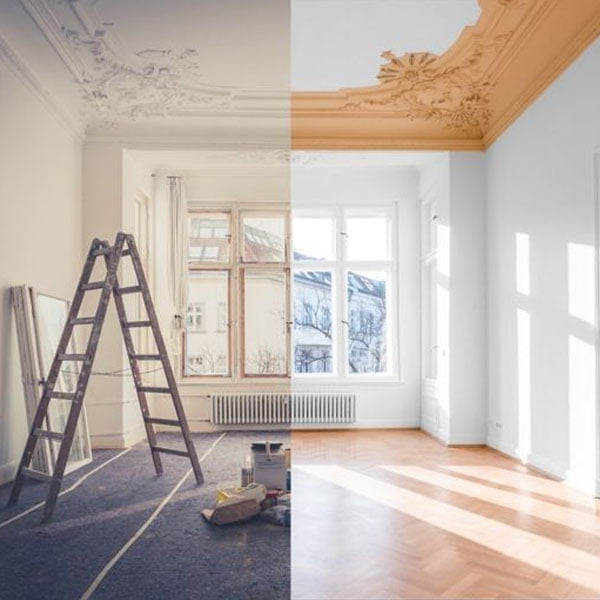Embarking on a property refurbishment project can be both an exciting and challenging journey. It’s a chance to breathe new life into your home and transform it into a space that reflects your personal style and meets your practical needs. To ensure a successful outcome, several key considerations should be taken into account during the initial planning stages. This article will highlight some critical factors to keep in mind during your refurbishment project, including the subtle yet essential role of window treatments.
Define your goals and objectives
Before diving into your refurbishment project, it’s crucial to establish your goals and objectives clearly. Consider the primary purpose of the renovation, whether it’s to enhance the aesthetic appeal, improve the functionality, or increase the property value. Reflect on how you envision your refurbished home, from the overall layout to the specific features that will create a more comfortable and enjoyable living environment. Having a clear vision will help you make informed decisions throughout the process and ensure that the final result aligns with your expectations.
Develop a realistic budget
Setting a realistic budget is one of the most critical aspects of any refurbishment project. It’s essential to take into account the cost of materials, labour, and any unexpected expenses that may arise during the renovation. Create a detailed budget breakdown, allocating funds for each aspect of the project, from structural changes to interior design elements.
Remember to include a contingency fund for unforeseen expenses or changes in the project scope. By developing a well-thought-out budget, you’ll be better equipped to make informed decisions and prioritise your spending on elements that will have the most significant impact on your property’s overall look and feel.
Plan your interior design
A successful refurbishment project not only focuses on structural improvements but also emphasises the importance of interior design. Carefully consider the colour palette, furniture, lighting, and decorative elements that will bring your vision to life. Invest time in researching design trends and gathering inspiration from various sources, such as interior design magazines, websites, and social media platforms.
It’s essential not to overlook the subtle yet significant role of window treatments in your design scheme. Bespoke curtains and blinds can elevate the overall aesthetic and functionality of your space, offering tailored design, exceptional craftsmanship, and a perfect fit. By incorporating custom window treatments into your initial interior design plan, you’ll create a cohesive and harmonious atmosphere that reflects your personal style.
Prioritise energy efficiency and sustainability
In today’s environmentally conscious world, it’s crucial to consider energy efficiency and sustainability during your refurbishment project. From selecting energy-efficient appliances to using eco-friendly building materials, there are various ways to reduce your home’s environmental impact.
Consider incorporating renewable energy sources, such as solar panels, to generate electricity and minimise your reliance on non-renewable energy. Additionally, proper insulation, including well-designed window treatments, can significantly decrease energy consumption and contribute to a greener lifestyle. By prioritising energy efficiency and sustainability, you can create a comfortable and environmentally responsible living space.
Hire reliable professionals
One of the most critical aspects of a successful refurbishment project is working with reliable and experienced professionals. From architects and contractors to interior designers, it’s essential to collaborate with experts who can help bring your vision to life while ensuring the project runs smoothly and stays within budget.
Take the time to research and select reputable professionals with a proven track record in the industry. Request references from previous clients, and don’t hesitate to ask questions about their experience and expertise in handling projects similar to yours. Establishing a strong working relationship with your chosen professionals will go a long way in ensuring a successful and stress-free refurbishment project.


Plan for adequate storage
During the refurbishment process, it’s essential to consider the storage requirements of your property. A well-organised home not only enhances functionality but also contributes to a clutter-free and visually appealing living environment. Evaluate the storage needs of each room and plan for built-in solutions, such as wardrobes, cabinets, and shelving systems. Thoughtful storage planning will ensure that every item has a designated place, ultimately resulting in a more streamlined and efficient home.
Focus on lighting
Lighting plays a crucial role in creating a welcoming and comfortable atmosphere in your refurbished property. Incorporate various layers of lighting to cater to different needs, such as ambient, task, and accent lighting. Consider the use of energy-efficient LED bulbs and smart lighting systems that can be easily controlled and customised to suit your preferences. Thoughtful lighting design will not only enhance the overall aesthetic appeal of your property but also contribute to energy savings in the long run.
Don’t forget the outdoor space
While it’s easy to get caught up in the interior aspects of a refurbishment project, it’s essential not to neglect the outdoor spaces. A well-designed outdoor area can serve as an extension of your living space, providing additional room for relaxation, entertainment, and socialising. Consider the inclusion of features such as outdoor seating, dining areas, and landscaping that reflect your personal style and complement the overall design of your property.
Plan for the future
When thinking about starting a property refurbishment project, it’s essential to consider not only your current needs but also your future requirements. Think about how your lifestyle may evolve over time and how your property can be adapted to accommodate these changes. This might include designing spaces that can easily be converted to serve multiple purposes or incorporating age-in-place features that will allow you to comfortably reside in your home for years to come.
A successful property refurbishment requires careful planning, a clear vision, and attention to detail. By thinking ahead and planning for the future you can get the most out of any refurbishment project and be confident that the process will be successful.
















